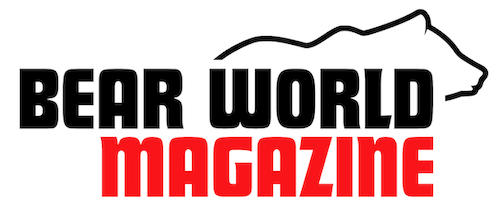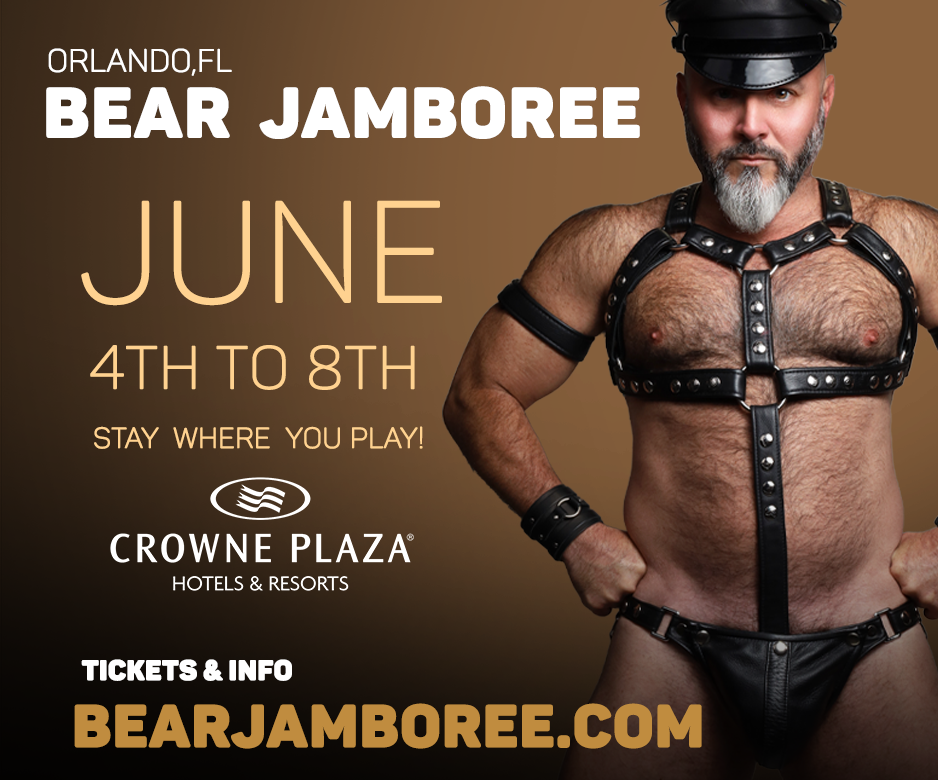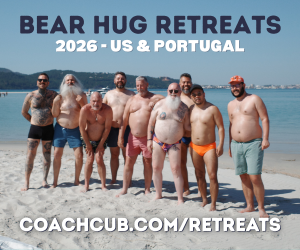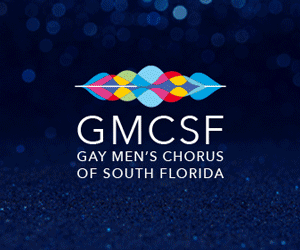
Exploring Shamanic Practice with Karl Paulnack
In honor of the Springtime religious holidays, we took a deeper look at Judaism and Christianity with queer spiritual leaders from those traditions. We now close out our paths to spirituality series with Shaman Karl Paulnack.
Karl lives in Ithaca, NY with his husband Dave and their dog Mato. He is an interfaith chaplain at the Cayuga Medical Center and is a peer mentor with the Cancer Resource Center of Ithaca. He is also a passionate but inexperienced potter and spends several hours most days covered in mud.
Karl is a nationally recognized speaker, writer, workshop facilitator, and thought leader on the Power of Music. He has keynoted national conventions including Texas Music Educators Association, Organization of American Kodaly Educators, Phi Mu Alpha Sinfonia, Iowa Bandmasters Association, CBDNA, Michigan Music Conference, and many others.
Karl served on the faculties of the Tanglewood Music Center, Music Academy of the West, University of Minnesota and University of Southern California. He directed the Boston Conservatory’s Music Division from 2002-2013 and served as Dean of the School of Music at Ithaca College from 2013-2020. A former National Association of Schools of Music Commissioner, he served on visiting teams for dozens of schools holding NASM, NECHE, or Middle States accreditation. Karl holds a Certificate in Non-Profit Management and Leadership from Boston University’s Questrom School of Business. He is an associate of the Aspen Leadership Group and serves on the boards of directors of the Michael Steinberg and Jorja Fleezanis Fund and the Cancer Resource Center of the Finger Lakes.
Karl is active as an independent consultant and advisor to a variety of communities. His passions include developing and coaching individual leadership and building high-performing teams and high-trust environments. He consults organizations on curricula, assessment, faculty engagement and accreditation. His skills and interests include productive transformation of conflict; facilitating small group engagement; leading mission, vision and values work; and facilitating workshops designed to foster authenticity, passion, purpose, and joy.
With such a rich background and education, we were excited to get his take on spirituality and learn more about the life of a shaman.
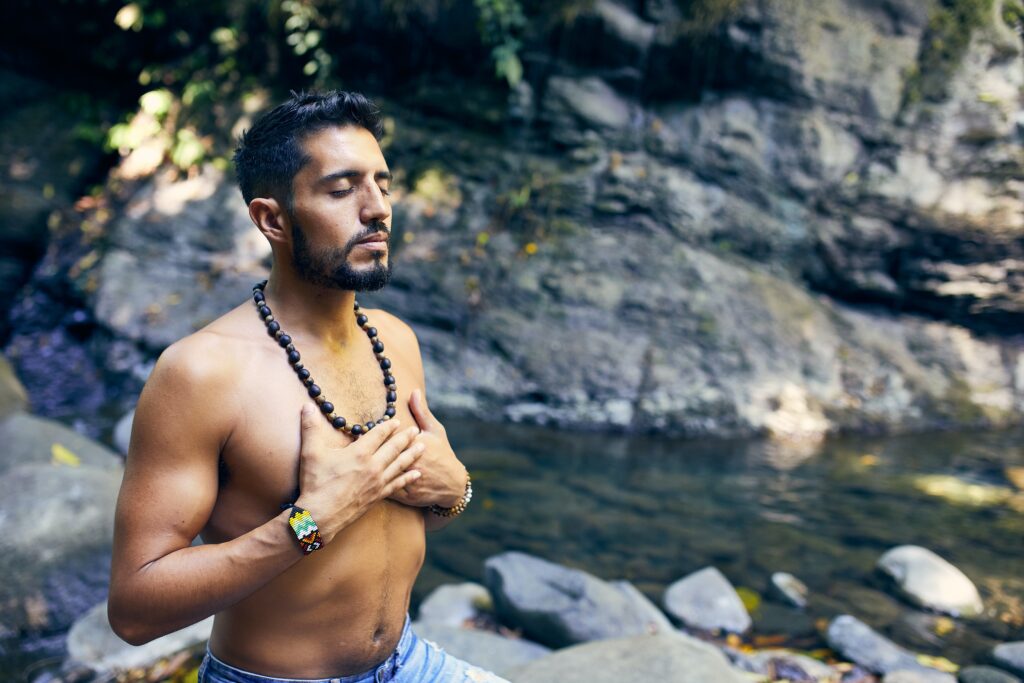
BWM: What is your spiritual practice as a shaman? And how would you define shamanism to someone who is unfamiliar with it?
Karl Paulnack: Well, first: I would say there isn’t really a “shamanism”. Shamanic practice (and there is disagreement even about what that is) emerges in different time periods in different cultures around the world. It appears to have emerged spontaneously, indigenously, in a variety of places, rather than descending from a specific culture (the way first-century Christianity, for example, descended.) One cluster of shamanic practice emerges from the Altaic Mountain region (roughly the intersection of modern Russia, China, Mongolia and Kazakhstan.) Another cluster of shamanic practice comes from the Celtic cultures. There are shamanic cultures from parts of Siberia (the word “shaman” itself is said to derive from a Tungus word), South American shamans, many others that I personally and we, together, are likely unaware of. I would say that shamanic practice is a “way of practicing” or “way of seeing the world” rather than a specific belief (in a particular God, or particular cosmology, for example.)
There is no unifying, central figure to thousands of years of shamanic practice that has emerged around the globe. So, there is no central authority or clearinghouse or organization, and therefore, I’d say, no “ism.” Also, there is no hierarchy. We do not recognize levels of priesthood, we do not ordain, and while there are certainly organizations that will take your money and give you a certificate, this is not a spiritual practice that is determined by the certificates on your walls. Most shamans simply realize, at some point, that they are shamans, and have been so all their lives. This was my experience. I know very few people who ‘become’ shamans through some sort of process. Most simply become aware, eventually, that they are.
One of the ways to understand the word shaman is “one who walks between worlds.” Shamans, like many forms of “priesthood” of various religions, stand at the edge between worlds, between life and death, this world and other worlds, the physical world and the spirit world. Like all “priests” of all religions, shamans are comfortable in liminal space; we seek out the margins, the edges. This is why, for example, so many rituals are performed during the full moon or the new moon, celebrations held on the equinox or the solstice, the sunrise or the sunset—this is liminal space, the edges, what some call “betwixt and between”, neither Spring nor Summer, neither day nor night. Walking along the beach is often magical (and spiritual) for people because it is the intersection of air, water, and land—liminal space. There is a spot (the spot you want to walk, if you’re on the beach) where you are neither in the ocean nor on the land. That is the space shamans try to walk. That is where the magic is. That is where the power is. The margins (remember that word when we talk about being ‘marginalized’) hold great power.
BWM: How is the shamanic view on homosexuality and gender nonconformity?
Karl Paulnack: In my experience shamanic cultures tend to ELEVATE people who identify as queer or “two-spirit” (a recent indigenous label given to the non-recent indigenous practice of recognizing that some people are not one gender or the other, but both/neither, “two spirits in one”). I am not familiar with any culture which has a prevalence of shamanic practice diminishing someone based on gender or orientation, and, to the contrary, all the cultures I am familiar with tend to elevate those individuals. Remember this is a practice that VALUES “being in the margins.” People who are “marginalized” are already in the power spot, spiritually speaking. I am not promoting marginalization from a social justice point of view—it’s a terrible thing—but in terms of spiritual practice, marginalization is where it’s at. The poor, the sick, the homeless, the stranger, the disenfranchised…need I go on? You should recognize that list, even if you’ve merely dabbled in spiritual practice.
Shamanic practices recognize the connection between all things. There is not really a “mainstream” and a “fringe”; in fact, if a shamanic practitioner realizes they have somehow fallen into the “mainstream” their immediate instinct is to try to move to the “fringe” as quickly as possible! The power is in the margins. The liminal spaces hold the magic.

BWM: Is there a queer community for shamanic practice that you can recommend for people?
Karl Paulnack: I would find it odd, and a bit pointless, for there to be a separate queer community within a shamanic community. All of the shamanic communities I am aware of have large numbers of queer people as part of them, but they are entirely integrated, not segregated or recognized as separate; all people are one, and all things are connected. There is nothing about being queer that requires a separation or special treatment within communities that are oriented in this way (we tend to recognize everyone as special, and unique, and sacred, and weird, and belonging, all of us, everyone).
BWM: Is there a need to reconcile your queerness with your beliefs?
Karl Paulnack: That’s up to you. No one else but you would require that.
BWM: Is it possible to be a solo practitioner in your tradition?
Karl Paulnack: It is not possible to be a solo practitioner in my spiritual experience.
Oh, it FEELS like it’s very spiritual to be alone—to be sitting on a mountainside watching the sunset—feels oh-so-spiritual. But there’s no actual work going on there. There’s no spiritual practice. If you doubt me, get yourself all serene on the mountain, then drive through downtown Boston, park, go to the DMV and stand in line for four hours and, trust me, you’ll see where your spiritual work is. It’ll be clear. Within the hour.
Because spiritual practice is, by my definition, understanding our relationship to the rest of creation and making meaning out of our existence, my experience is that all spiritual practice (eventually) requires community.
BWM: Is there a Spring celebration equal to Passover or Easter in the shamanic tradition? And what does it mean to you?
Karl Paulnack: Passover or Easter are syncretic (borrowed or “fused” from other religious practices) and likely descended from celebrations that predated Christianity and Judaism. The winter solstice already had celebrations attached to it which Christians repurposed for the holiday of Christmas. Easter, similarly, coincides with springtime rituals thousands of years older marking the coming of summer and the rebirth of the sun (Rebirth of the Son?) marking the cycle of death and life, of burying things in the ground and having them come to life again. All things are connected. We borrow from each other regularly and often, in the spiritual world. These various ways of seeing are useful; regardless of which story of the Rising Son/Rising Sun you find meaningful, we understand burying in the ground and coming to life in different ways. There is a natural connection. So, yes. The spring celebrations of solstice, Easter, Passover, these all derive from our perceptions, sensed in different ways through different practices that the Earth is about to come back to life, to green up, to light up again.
BWM: Is there anything else about your work or ministry you’d like to share?
Karl Paulnack: I am an interfaith hospital chaplain at Cayuga Medical Center in Ithaca, NY, and I LOVE being a hospital chaplain. Like many Americans, I identify as “spiritual, not religious.” I am comfortable between worlds—I was born Catholic, became a fundamentalist Christian during college and joined a Christian cult during grad school, became seriously involved in Buddhist practice, in meditation and yoga, during my 40’s, and it was during that exploration that I “awoke”. Each of these practices is and was valid for me. I can still get to God through Jesus. I can get there through Buddha. I can get there through my body, in yoga. I can get there by being still, in meditation. I can get there in nature, by looking at a sunset. God has many in-boxes and unlike me, God checks all of those in-boxes every day.
Who I am, though, and how I identify, is that I am shaman; I am he-who-walks-between-worlds. I can stand with one foot in one world and one in the other.
Because I am very comfortable walking between worlds, ministry for me involves intentionally seeking out margins and walking on them. I am a cancer survivor. One of the groups of people I minister to are cancer patients in chemo. I am comfortable being with people on that journey, regardless of where the journey goes or how it ends. I work with a group of men recovering from addiction. I have had intense interactions with people with addiction, I have lost people, I have seen people recover (which is absolutely heroic, in my book) and I have seen people die. I am comfortable walking along side people in that journey. I see myself as a spiritual companion, one-who-walks-along-beside, not a teacher, authority, or leader. If the words “spiritual buddy” didn’t sound so goofy I’d probably describe myself that way.
